Why Acer's Chromebook Vero 514 has me excited for the future of laptops
It's exciting to see laptop makers prioritizing the environment
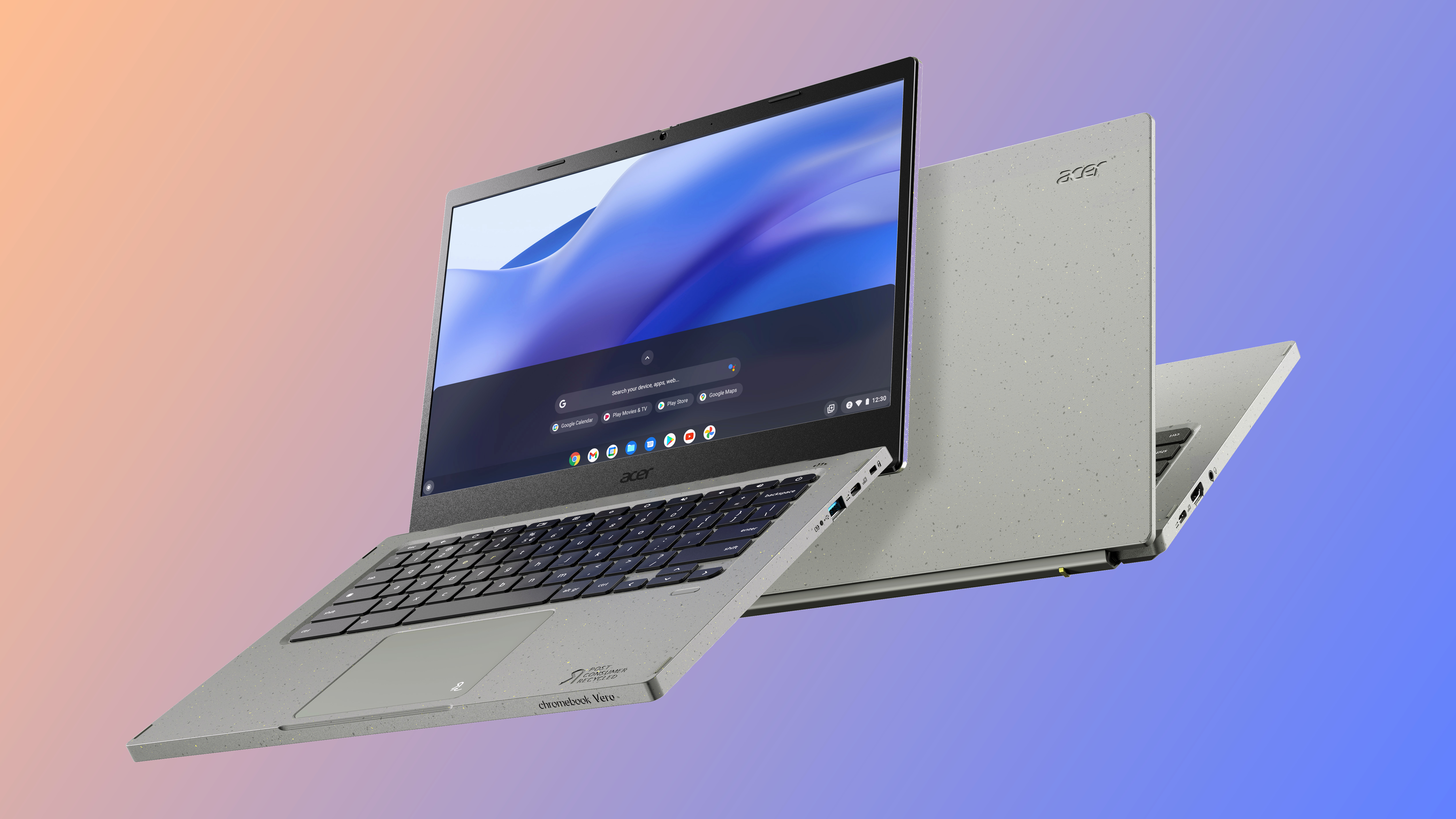
The Acer Chromebook Vero 514 ($499) is a new eco-minded 14-inch Chromebook packing the latest Intel Alder Lake laptop chips. Unveiled this week during Acer’s first-ever Green Day event (no, not that Green Day), the Chromebook Vero 514 is being positioned as the next big step on Acer’s path to being a more environmentally-friendly laptop maker that uses 100% renewable energy by 2035.
To back this up, Acer claims the Chromebook Vero 514 is designed to allow for easier upgrades, repairs, and recycling once you’ve wrung the last gasps of life out of it. Acer’s already taken some steps in this direction with its existing Vero line of more environmentally-friendly PCs — the Chromebook Vero 514 is the best example yet.
Much of the device itself is made out of recycled material, as is its packaging. It doesn't look like a bad Chromebook, either; the model of Vero 514 Acer unveiled this week packs an Intel Core i3-1215U, 8GB of LPDDR4 RAM, a 128GB PCIe NVMe SSD, a 1080p webcam and a 1080p 14-inch display into a $499 Chromebook.
That's a little pricey for what you get, but if the Vero 514 can live up to the 300 nits of brightness and 10-plus hours of battery life Acer promises, it has a shot of earning a place among the best Chromebooks and the best laptops under $500 on the market. You may also be able to make a saving with one of our Acer promo codes.
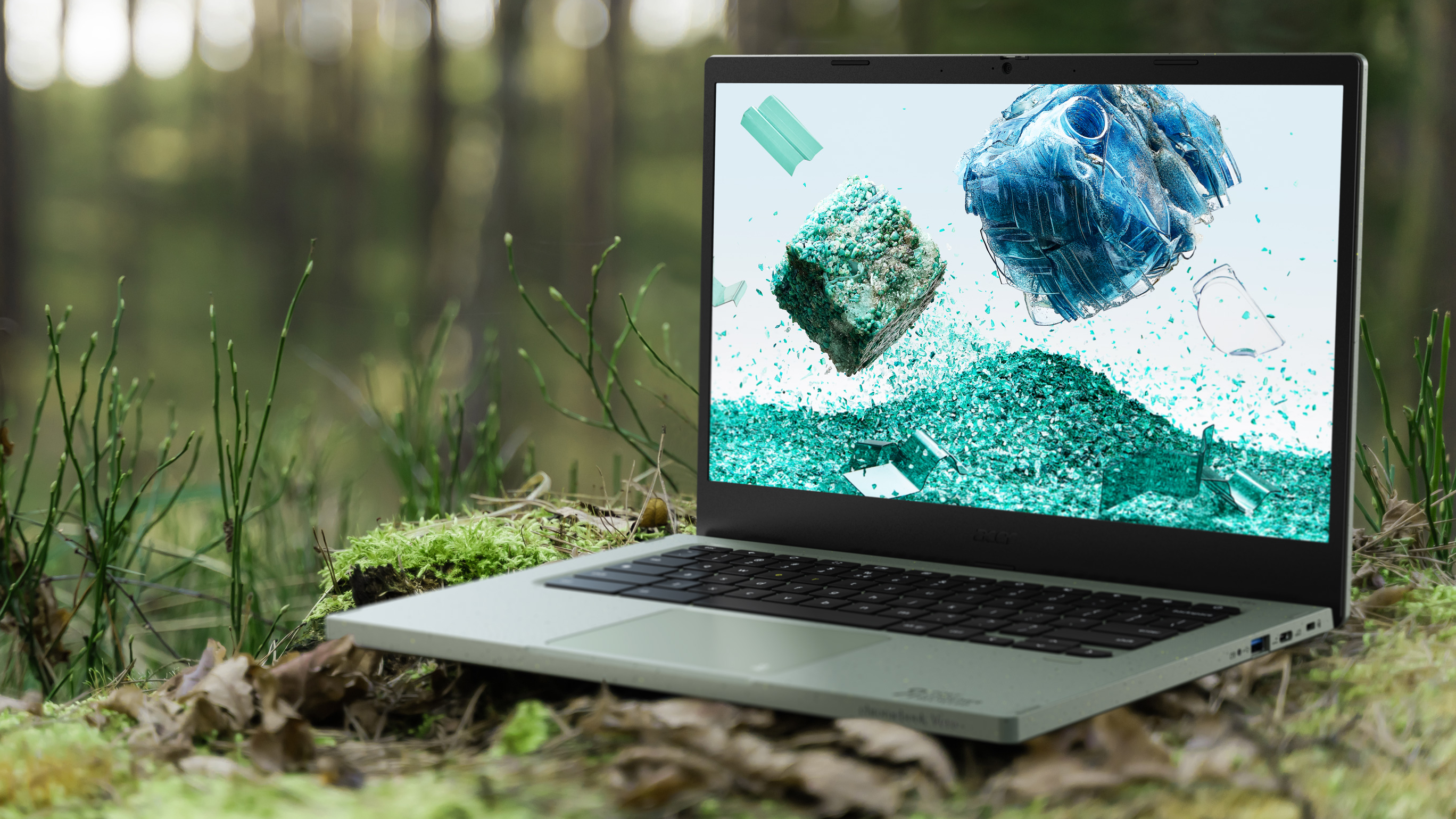
All in all, it’s a compelling sales pitch for anyone who cares about the environment and is in the market for a $500 Chromebook. Acer's also planning to sell the Chromebook Vero 514 in a variety of configurations, including some with beefier specs or a 14-inch touchscreen, which sounds like it would be great for distance learning. And with another school year kicking off, there ought to be plenty of demand for good Chromebooks in the months ahead even after back-to-school sales wrap up.
Still, after looking over the laptop and getting in touch with Acer representatives, I think there’s a lot of room for improvement if Acer really wants to be a market leader in sustainable laptops.
Acer's Vero 514 is a step toward the laptops we deserve
Admittedly, it’s not exactly a fiercely competitive market. If you care about making the most of your laptop and minimizing the amount of e-waste you spew into the world, there’s really only one decent option that’s reasonably upgradable and user-repairable: the Framework Laptop.
Sign up to get the BEST of Tom's Guide direct to your inbox.
Get instant access to breaking news, the hottest reviews, great deals and helpful tips.
Launched in July 2021, the Framework does a remarkable job of showcasing how to successfully design a laptop that’s almost completely user-repairable and upgradable. It's almost like a desktop PC in the extent to which it trusts you to tinker with and care for it.
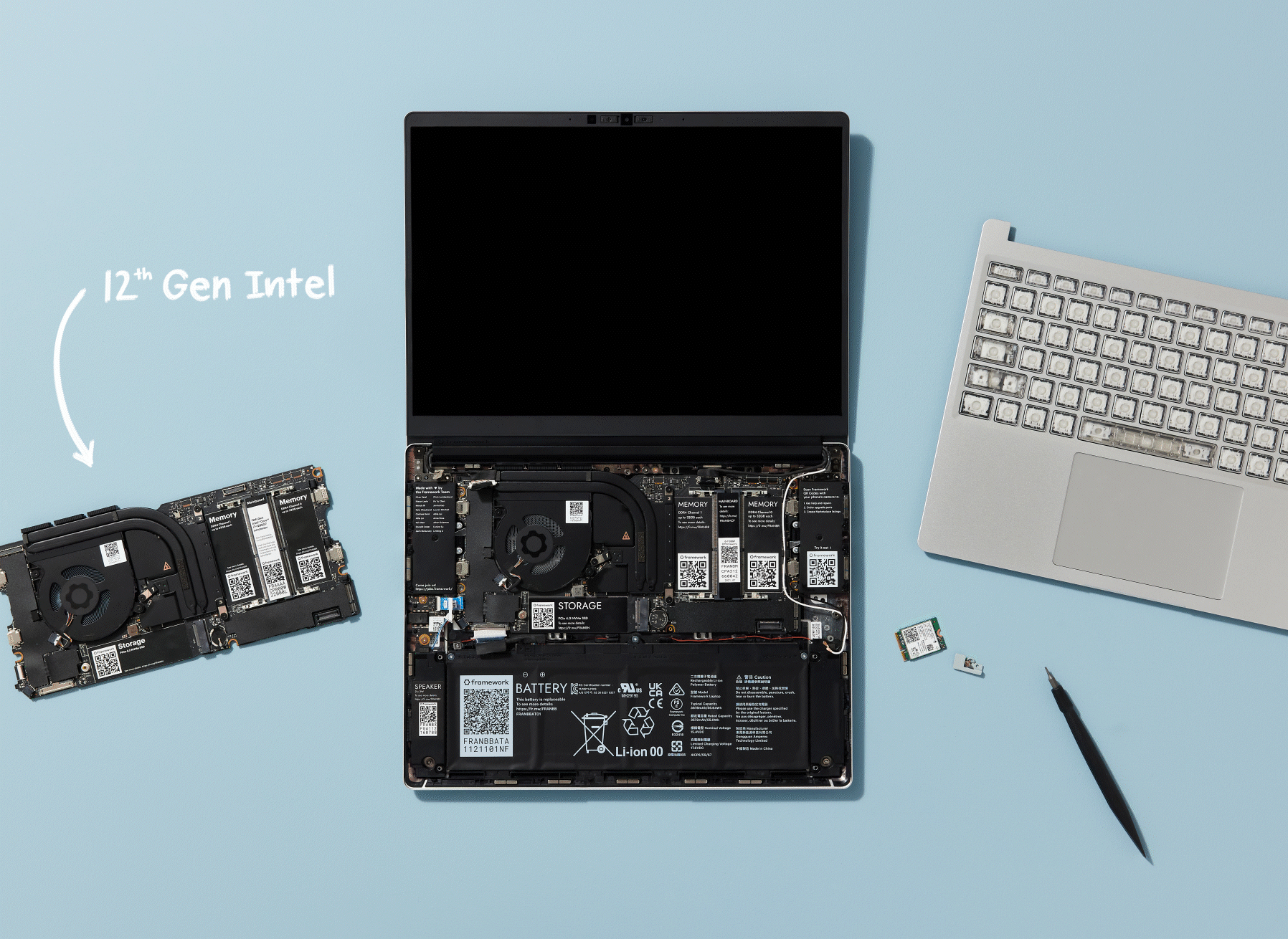
I’ve been impressed with the Framework Laptop ever since I saw an early pre-release model. That experience made me think the Framework Laptop is the future of laptops we deserve — or at least, the future I want to see realized. It's bad enough to see tech companies endlessly pitching us on new versions of things we already own, but when those things are expensive portable PCs expressly designed to be hard to upgrade or repair, it feels like companies actively disrespecting their customers.
That's why I’ve watched with interest as competitors like Acer, Apple and Dell have taken their own small steps toward making more sustainable laptops in the year since the Framework hit the market.
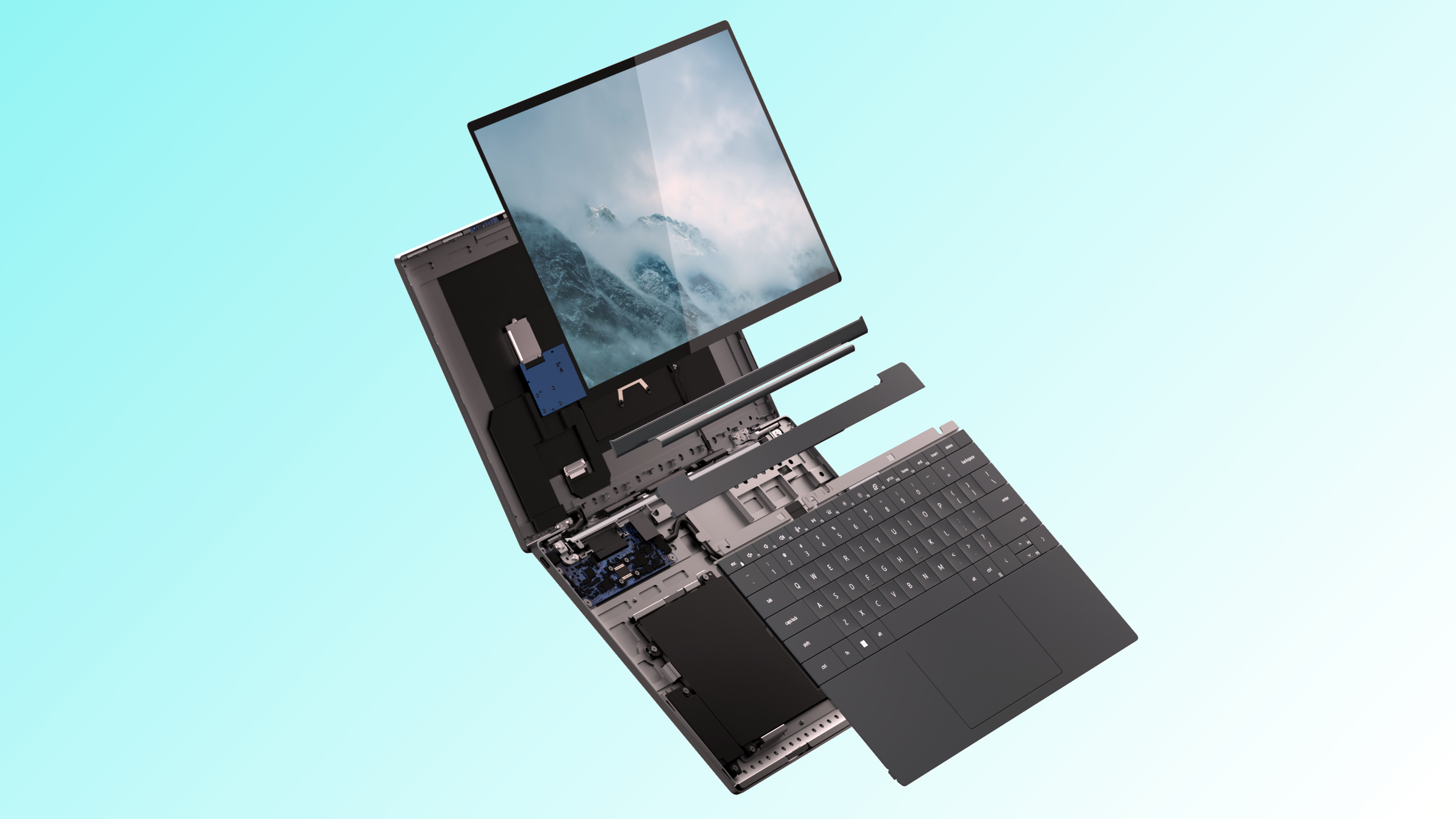
We’ve watched Dell take a page from Framework with Concept Luna, a more repairable laptop concept, while Apple has finally added its M1-equipped MacBooks to the ranks of products supported by its DIY at-home repair program. These steps are welcome, and Acer appears to be moving forward in a similar fashion with the Chromebook Vero 514 and its promise of being a more repairable, upgradable Chromebook.
Unfortunately, the scope of its sustainable design appears to leave room for improvement.
But we can do better
For starters, it doesn't appear as though you can expect to be able to replace more than the Chromebook Vero 514's storage yourself. I've confirmed this with Acer, and it appears like the extent of its support for "easier upgrades" and repairs is the use of standard screws on the bottom of the laptop instead of proprietary fasteners.
This is a welcome change from the way many vendors use proprietary or hard-to-find screws in their laptops (looking at you, Apple), and it does make the prospect of upgrading the Vero 514's paltry storage options seem feasible for your average laptop owner.
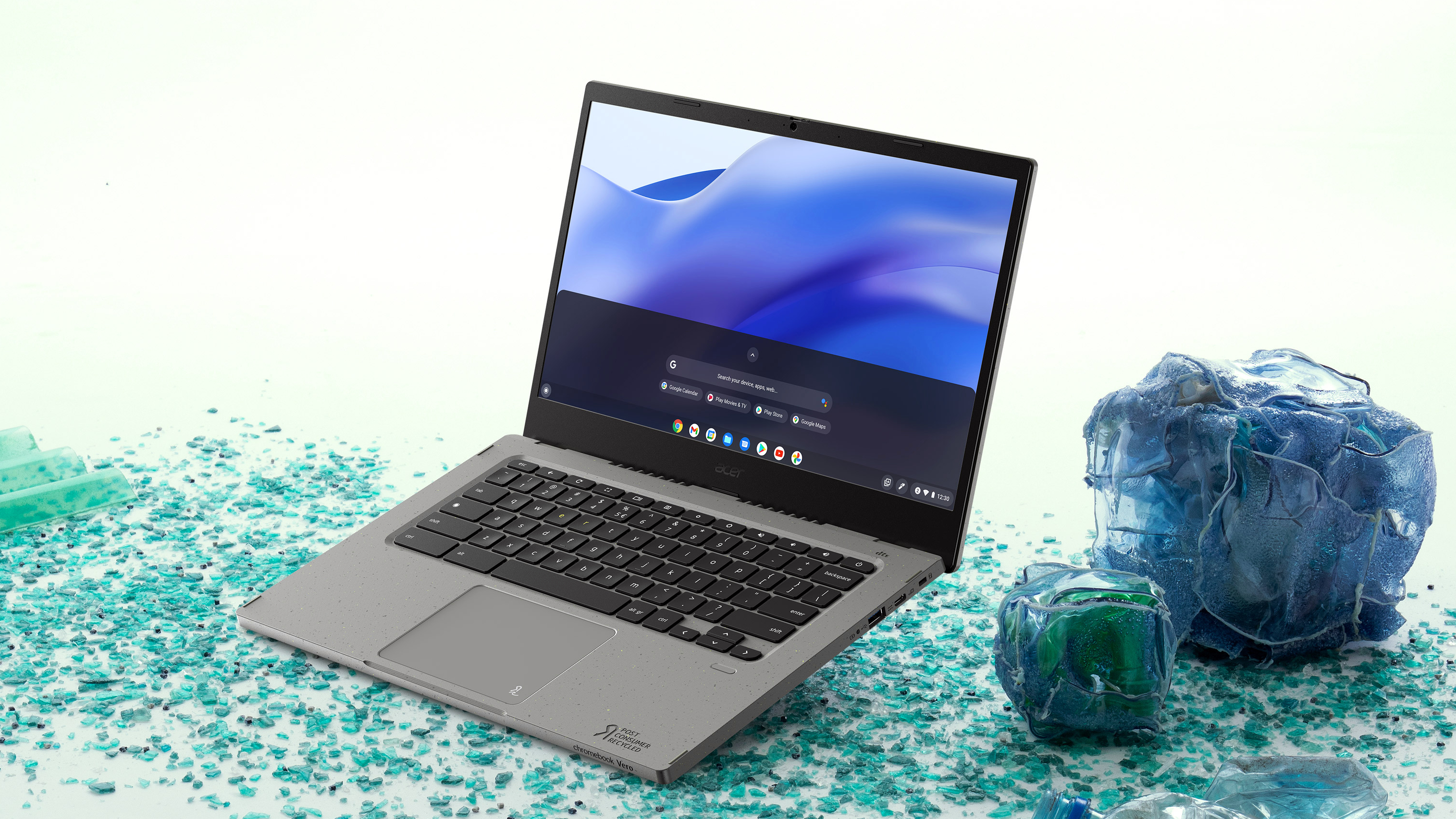
However, I was hoping to learn that Chromebook Vero 514 owners will be able to replace everything from the RAM to the screen to the mainboard, much like you can with a Framework. This would make it a better laptop for both customers and for the environment, since owners would have more options for replacing or repairing parts before discarding the entire laptop.
It doesn't seem technically unfeasible, either; Framework did it, and Dell's Concept Luna prototype is designed in a modular way that offers similar component-swapping functionality. Heck, even Apple now lets you buy replacement logic boards for select M1 MacBooks so you can replace a defective CPU, though the Cupertino-based company won't go so far as to actually let you upgrade your MacBook's CPU yourself.
So all in all, it looks like Acer's taken a pretty small step forward in terms of designing this laptop to be user-accessible. Of course, we'll have to wait for the folks at iFixit to do a full teardown of the final product before we can really say what's inside and how it's all put together. We'd try something like that here at Tom's Guide, but regrettably we find laptop vendors typically prefer we don't take apart their review units.
A promising step forward
That said, it does look like Acer's at least done a decent job of ensuring a good portion of the Chromebook itself is made out of recycled materials.
Notably, the chassis and screen bezel are made up of 30% PCR (post-consumer recycled) plastic, while the speakers and keycaps are made out of 50% PCR plastic. The touchpad surface is made out of 100% ocean-bound plastic, which means it’s manufactured out of plastic material that was recovered within a certain distance of a coastline or waterway. And while I don’t find the gray finish speckled with yellow very appealing, Acer says this paint-free chassis and its display panel are 99% recyclable.
Acer’s also done what looks to be an admirable job of packaging the Chromebook Vero 514 in a more eco-friendly way than most laptops. The company claims the box it comes in is 90% recycled paper, while the sleeve and bag protecting the laptop are spun of 100% recycled plastic. It also encourages you to recycle some of the packaging into accessories like a laptop stand or storage box, replete with instructions printed on the box.
Little touches like these seem like they make a minor difference to individual customers, but a big difference at scale. So while I’d love to see Acer and other laptop makers copy Framework more closely and start designing laptops from the ground up to be more repairable and upgradable, I’m heartened to see at least these small steps toward a more sustainable PC market.

Alex Wawro is a lifelong tech and games enthusiast with more than a decade of experience covering both for outlets like Game Developer, Black Hat, and PC World magazine. A lifelong PC builder, he currently serves as a senior editor at Tom's Guide covering all things computing, from laptops and desktops to keyboards and mice.
